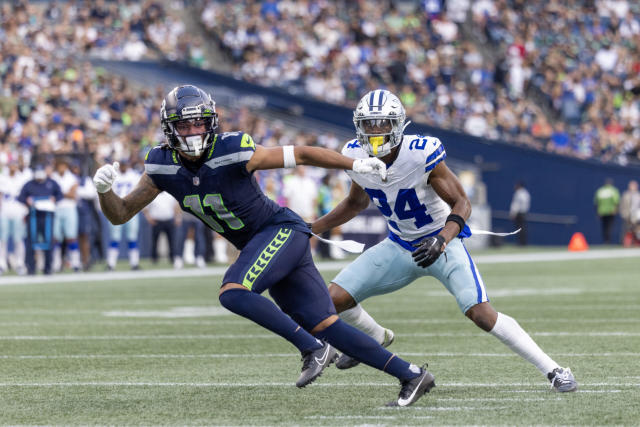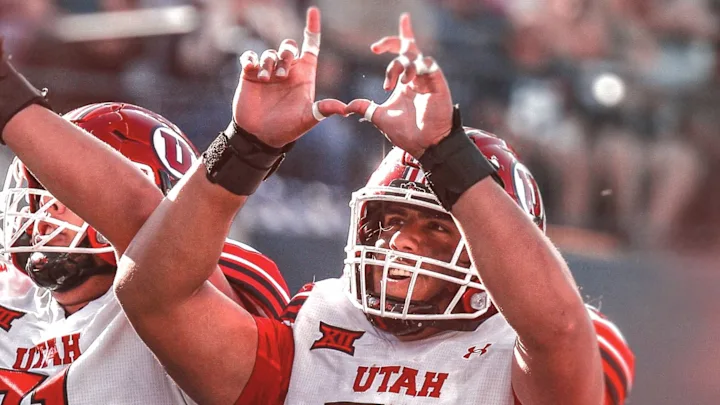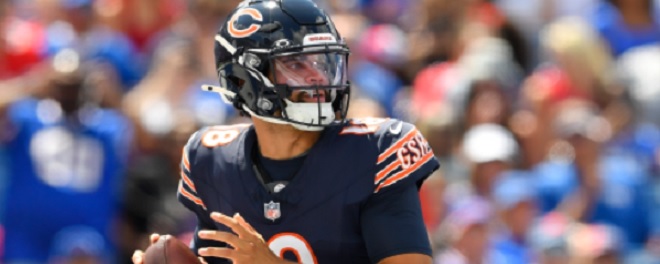The Olympic pathway for American football tightened around a nimble variant: flag. Non-contact rules, small rosters, and clean visuals turn a complex playbook into a broadcast-friendly spectacle. Federations, leagues, and school programs now align calendars, formats, and storytelling to fit the Olympic runway, where clarity, parity, and global reach are non-negotiable.
Digital distribution shapes the momentum. Multi-tenant ecosystems show how tournaments, leaderboards, and fan journeys can be orchestrated across regions. In that sense, frameworks similar to the Agreegain casino platform illustrate how structured hubs aggregate events, content, and data for scale — a useful analogy as flag football coordinates qualifiers, rankings, and highlights across continents.
Why Flag Fits the Five Rings
Flag football compresses the essence of the sport into short, high-leverage moments. Speed over size, spacing over collisions, and decision-making under a 20-second clock create continuous action. The result is legible even for newcomers. Five-on-five compresses the field, simplifies officiating, and makes international parity plausible within one cycle, not three.
The talent pipeline already exists. Youth programs teach route trees and coverage shells without heavy protective gear. University clubs and federation circuits offer regional championships with standardized rules. Former tackle athletes transition smoothly, while multisport sprinters and hoop guards find familiar footwork and spacing concepts.
Core Advantages That Travel Well
- Portable format
Minimal equipment and small rosters make events affordable for cities and federations. Temporary fields convert parks and school grounds into venues within hours. - Broadcast clarity
Short possessions, crisp pre-snap alignments, and obvious touchdowns translate well to mobile screens and vertical video. - Inclusive pathways
Mixed-gender showcases, youth divisions, and adaptive modules invite broad participation while preserving elite tiers. - Lower injury risk
Non-contact rules reduce barriers for federations wary of medical costs and liability, encouraging faster adoption.
Governance, Rankings, and the Olympic Clock
Qualifiers live or die on governance. Transparent rankings, cross-regional schedules, and consistent officiating are essential. Rulebooks now standardize field markings, rusher distances, and timing, while certification tracks elevate coaching and officiating quality. Data platforms feed global leaderboards that reward activity and strength of schedule rather than brand legacy.
Marketing aligns with the format. Short reels explain a slant, a blitz pickup, or a red-zone concept in under thirty seconds. Tournament windows favor “snackable” session lengths. Sponsors see predictable inventory — opening heats, quarterfinal windows, gold-medal blocks that slot neatly into international programming grids.
Between qualification events, micro-patches keep balance. Subtle adjustments to rusher angles, overtime rules, or substitution windows preserve pace without undermining learned mastery. The north star remains constant: competitive integrity that reads clearly on the first watch.
Playbook for Federations in a One-Year Sprint
The window to LA 2028 rewards federations that act with focus and discipline. A practical blueprint looks like this.
- Build the ladder
Launch city qualifiers, feed into regional championships, and secure at least one international friendly per quarter. Priority on repeatable venues and predictable broadcast slots. - Certify the ecosystem
Train referees and coaches with the same curriculum used at top events. Publish video casebooks to reduce disputes and speed reviews. - Codify analytics
Track red-zone efficiency, turnover on downs, and average time to score. Use the numbers to refine practice blocks and selection camps. - Tell the stories
Produce three-clip breakdowns of signature plays and distribute them across partner feeds. Education drives fandom, and fandom drives attendance.
Spectator Value and the Global Growth Loop
Flag football offers clean geometry that helps viewers learn quickly: leverage angles, pursuit lines, and timing windows. Highlight packages teach while they entertain, creating on-ramps for audiences far from traditional gridiron culture. International diversity strengthens narratives — speed schools in the Caribbean, spacing-savvy European clubs, and tactically disciplined squads from Asia-Pacific.
Venue design supports the arc. Sightlines keep fans close, music bridges break without drowning comms, and scoreboard graphics mirror the rulebook language. Merchandise and community clinics wrap events with local flavor, turning a weekend bracket into a mini-festival.
Keys to Sustainable Olympic-Level Operations
- Calendar discipline
Stabilize annual windows so clubs and broadcasters can plan. Consistency beats novelty for long-term growth. - Grassroots reciprocity
National finals should seed grants for school and community leagues. Top-down success must loop back into entry points. - Data transparency
Publish rankings, injury reports, and officiating memos. Trust compounds when information flows. - Facilities legacy
Modular fields and gear should remain for local use after marquee events, extending the halo effect.
The Finish Route to LA
The remaining sprint is about coherence. Rules must match across borders, rankings must update reliably, and broadcast packs must explain the sport in one glance. With those foundations, flag football arrives in Los Angeles with a product that travels: fast, skill-dense, and friendly to modern screens. The Olympic stage rewards sports that respect attention and celebrate mastery. Flag football checks both boxes — and that is why the path looks not just open, but inviting.





